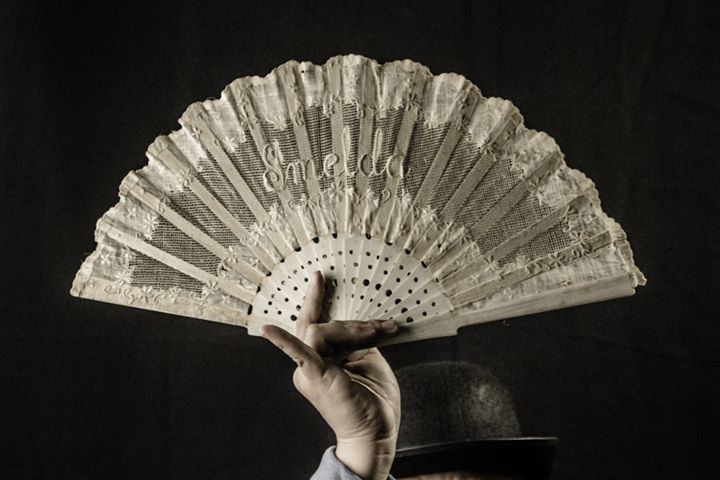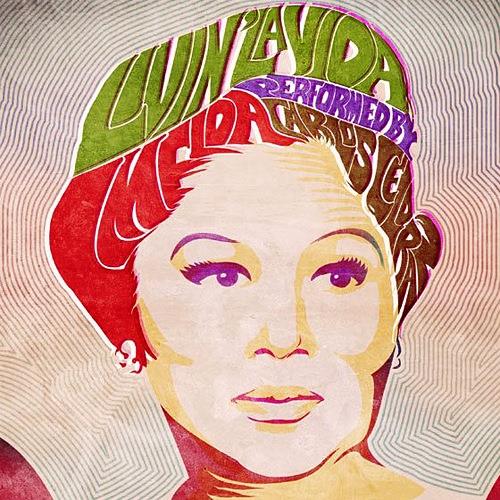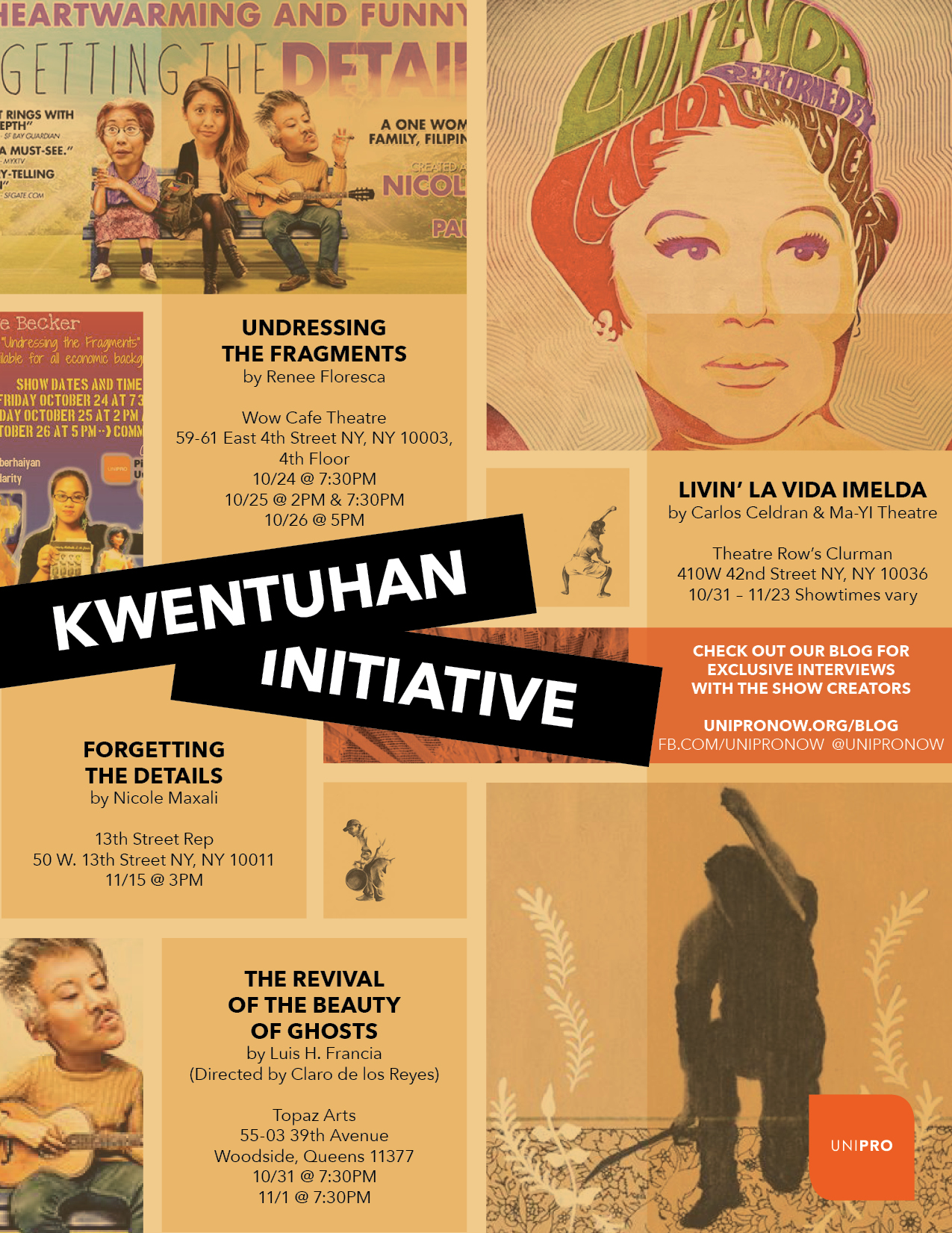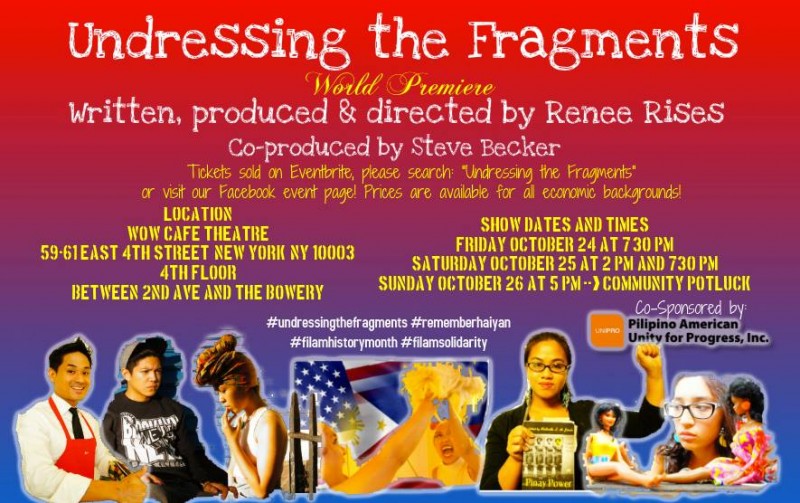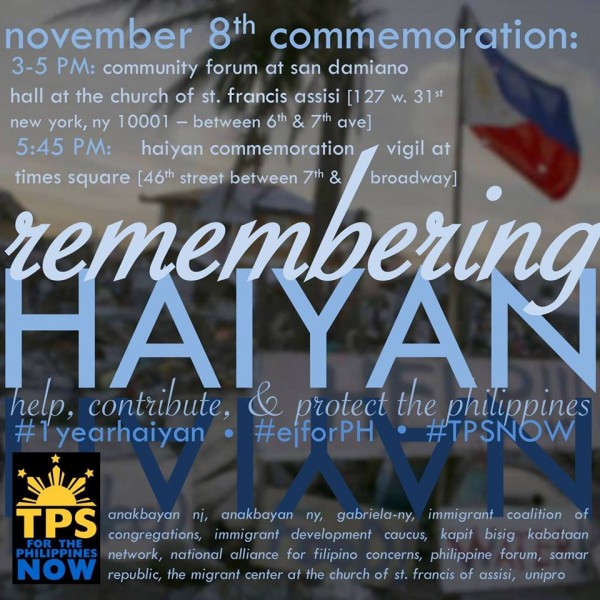Originally Posted on asiaamericana.com

Stella Abrera was promoted to principal dancer at the American Ballet Theater. She becomes the company’s first Filipino American principal ballerina. Abrera of South Pasadena, California, began her studies with Philip and Charles Fuller and Cynthia Young at Le Studio in Pasadena and with Lorna Diamond and Patricia Hoffman at the West Coast Ballet Theatre in San Diego. She also studied the Royal Academy of Dancing method at the Halliday Dance Centre in Sydney, Australia. Abrera joined American Ballet Theatre as a member of the corps de ballet in 1996 and was appointed a Soloist in 2001.
Her repertoire with ABT includes Calliope in Apollo, Gamzatti in La Bayadère, the Ballerina in The Bright Stream, the Fairy Godmother in Frederick Ashton’s Cinderella, Gulnare in Le Corsaire, Mercedes and the Driad Queen in Don Quixote, Helena in The Dream, Giselle, Myrta and the peasant pas de deux in Giselle, Manon in Lady of the Camellias, Lescaut’s Mistress in Manon, His Friend’s Wife in The Moor’s Pavane, Clara, the Princess in Alexei Ratmansky’s The Nutcracker, Emilia in Othello, the Older Sister in Pillar of Fire, Lady Capulet in Romeo and Juliet, the Lilac Fairy and Princess Florine in The Sleeping Beauty, the pas de trois in Swan Lake, leading roles in Airs, Bach Partita, Baker’s Dozen, Ballet Imperial, Birthday Offering, The Brahms-Haydn Variations, C. to C. (Close to Chuck), Fancy Free, In the Upper Room, The Leaves Are Fading, Petite Mort, Sinfonietta, Les Sylphides, Symphonic Variations, Symphonie Concertante, Symphony #9, Symphony in C, Thirteen Diversions, Within You Without You: A Tribute to George Harrison, Without Words. Abrera created the Spanish Dance in Ratmansky’s The Nutcracker, the Fairy Violente (Temperament) in Ratmansky’s The Sleeping Beauty and leading roles in Pretty Good Year and Seven Sonatas. Abrera received the Gold Medal at the Royal Academy of Dancing’s Adeline Genée Awards in London in 1995. She has performed as a guest artist across the United States and Europe, as well as with The Australian Ballet, The Royal New Zealand Ballet and Ballet Philippines.
About Asia Americana
Asia Americana is about Asian Americans, or US Asians, numbering about 18.7 million (5.8% of the US population) and the fastest growing racial group in the country. By the year 2050, Asian Americans will be more than 40.6 million and will represent 9.2% of the total US population. Asia Americana features the most compelling stories of Asian Americans: our joys, our sorrows, our successes, and our struggles in blending and mixing with mainstream America, with the hope that America will embrace us as partners in this journey to form a stronger and more equitable union. Asia Americana also aims to put Asian American issues at the forefront, topics that are near and dear to us and use our news magazine as a forum to further our causes. A dynamic online news magazine, Asia Americana hopefully will incite critical thinking and discussion, promote ideas, inspire change, and awe the imagination.
Asia Americana is everything fresh and relevant to Asians and Asian Americans. Welcome to Asia Americana.




